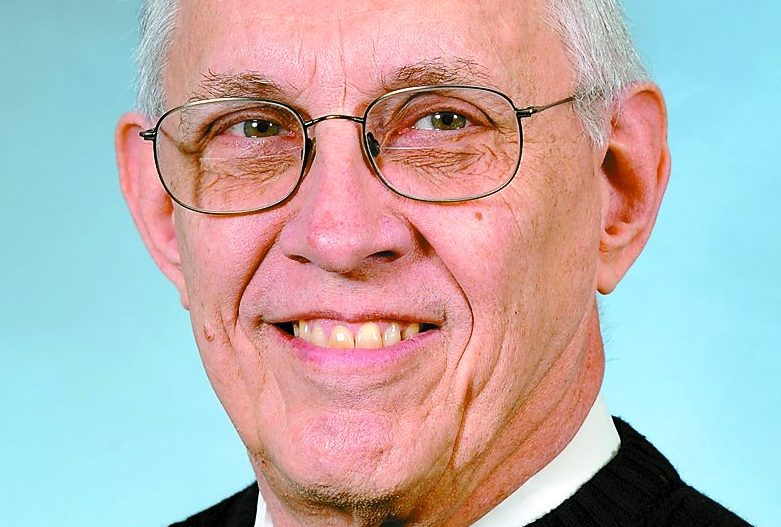Witt: Measures must be taken to counter climate change
Published 10:47 am Tuesday, December 17, 2019

- Chuck Witt is a retired architect and a lifelong resident of Winchester.
Once again, representatives from many nations have gathered to discuss the dire situation of the changing world climate.
This year, the Madrid Climate Conference, COP25, met from Dec. 2-13, and opening comments by UN Secretary General Antonio Gueterres were quite clear in defining the crisis facing the world.
Some of the conditions he outlined, supported by the vast majority of climate scientists around the world, include the recommendation of carbon neutrality. That is the amount of carbon exhausted into the atmosphere is equal to the amount the atmosphere is able to recycle and get rid of. This carbon neutrality must be accomplished by the year 2050 to limit global temperature rise to 1.5 degrees centigrade above its current average by 2100.
It has been calculated the amount of carbon discharge must be reduce by 7.6 percent annually by 2030 to reach this goal; currently carbon discharge is increasing by about 1.3 percent each year, obviously a situation which needs to be reversed.
If the present trend continues, it is predicted the global average temperature rise will be between 3.4 and 3.9 degrees centigrade by the year 2100.
In 2018, global average levels of carbon dioxide reached 407.8 parts per million. The last time such levels were attained has been estimated at 3 million to 5 million years ago, when global temperatures were two to three degrees centigrade higher and sea levels were 10 to 20 meters higher.
Imagine how many worldwide coastal cities would be wiped out if ocean levels were to rise even 10 meters. All of Miami would be a Seaworld, not just the theme park of the same name.
Much of the land mass of Southeast Asia would either be permanently under water or subject to seasonal inundations.
Venice, which is currently experiencing flooding, would be nothing more than a single canal and it’s unlikely gondolas would be gaily plying the waters.
In July, 1.79 billion tons of ice melted from the Greenland ice sheet and Arctic permafrost is thawing 70 years ahead of projections.
Oceans absorb about a fourth of all atmospheric carbon dioxide and generate more than half of our oxygen but the absorption rate is limited.
With rising temperatures come more acidic ocean waters which threaten the entire chain of life there.
There is one thing becoming abundantly clear: coal has no future as a fossil fuel and Kentucky’s coal miners — as well as those from all other states — must begin to realize there will be no jobs in this industry in the future, despite all the rosy predictions and promises from politicians.
Unless, that is, coal can be found to be useful for some other purpose, such as in medicine or in producing other materials or chemicals which do not contribute to the rise of atmospheric carbon.
There is continuing talk about the possibility of carbon sequestration, a process of capturing carbon emissions and placing them somewhere other than in the atmosphere. At the present time, this is a pipe dream. But science has a way of getting mankind out of all sorts of difficulties and may eventually do so this time.
In the meantime, measures must be taken to counter current trends, without relying on the future possibility of this solution coming to fruition.
To those who continue to deny global warming, here’s a suggestion: look into the eyes of your children and grandchildren and apologize to them for refusing to believe their world is destined to be far less comfortable than the one bequeathed to you.
Chuck Witt is a retired architect and a lifelong resident of Winchester. He can be reached at chuck740@bellsouth.net.





